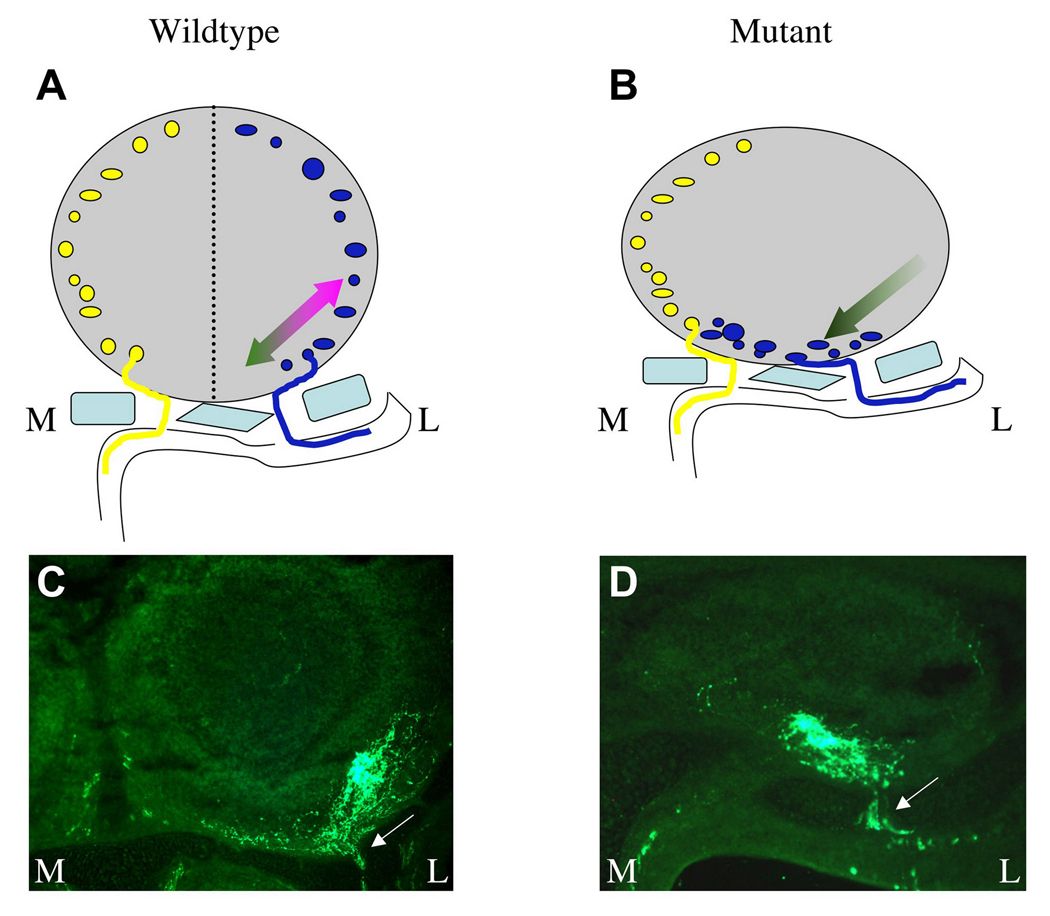Figure 7. Model of IGF Activity in the Formation of the Olfactory Sensory Map.

(A) Under normal conditions, medially- (gold) and laterally- (blue) disposed olfactory axons cross the cribriform plate (light blue) and extend to medial and lateral glomeruli, respectively, forming a mirror symmetry in the olfactory bulb (dotted line represents the plane of symmetry, which extends out of the plane of the figure). We hypothesize that the position of a lateral glomerulus is determined through a “push-pull” mechanism. In this model, IGF ligands expressed in the olfactory bulb attract axons exiting the lateral cribriform plate to grow dorsolaterally (magenta arrow). This orsolateral attraction is opposed by an unknown cue(s) that influences the axons to grow ventromedially (dark green arrow). Together these opposing forces play a role in determining the positions of glomeruli in the lateral olfactory bulb. (B) In IGF mutants, axons no longer respond to IGF (Igf1r−/−) or IGFs are missing (Igf1−/−;Igf2−/−), leaving the medial “push” (dark green arrow) unopposed by the IGF-dependent lateral “pull.” This results in a severe distortion of the mirror symmetry within the olfactory bulb, with a lateral → ventromedial rotation and compression of the sensory map. Axons that normally extend to the medial olfactory bulb are largely unaffected by the absence of IGF signaling, and are probably responding to another attractive cue(s) to enter the medial bulb. (C, D) Examples of tau:lacZ-labeled P2 axons from the lateral olfactory epithelium as they penetrate and cross the cribriform plate (arrows) and extend to their target glomeruli. In the wild type background, axons turn and extend laterally upon exiting the cribriform plate (C). In the Igf1r−/− mutant, axons instead turn medially and extend a comparable distance to an ectopic site in the ventromedial bulb (D). Thus the observed distortion of the olfactory sensory map in IGF mutants is likely the result of the misrouting of axons normally destined to innervated the lateral olfactory bulb.
